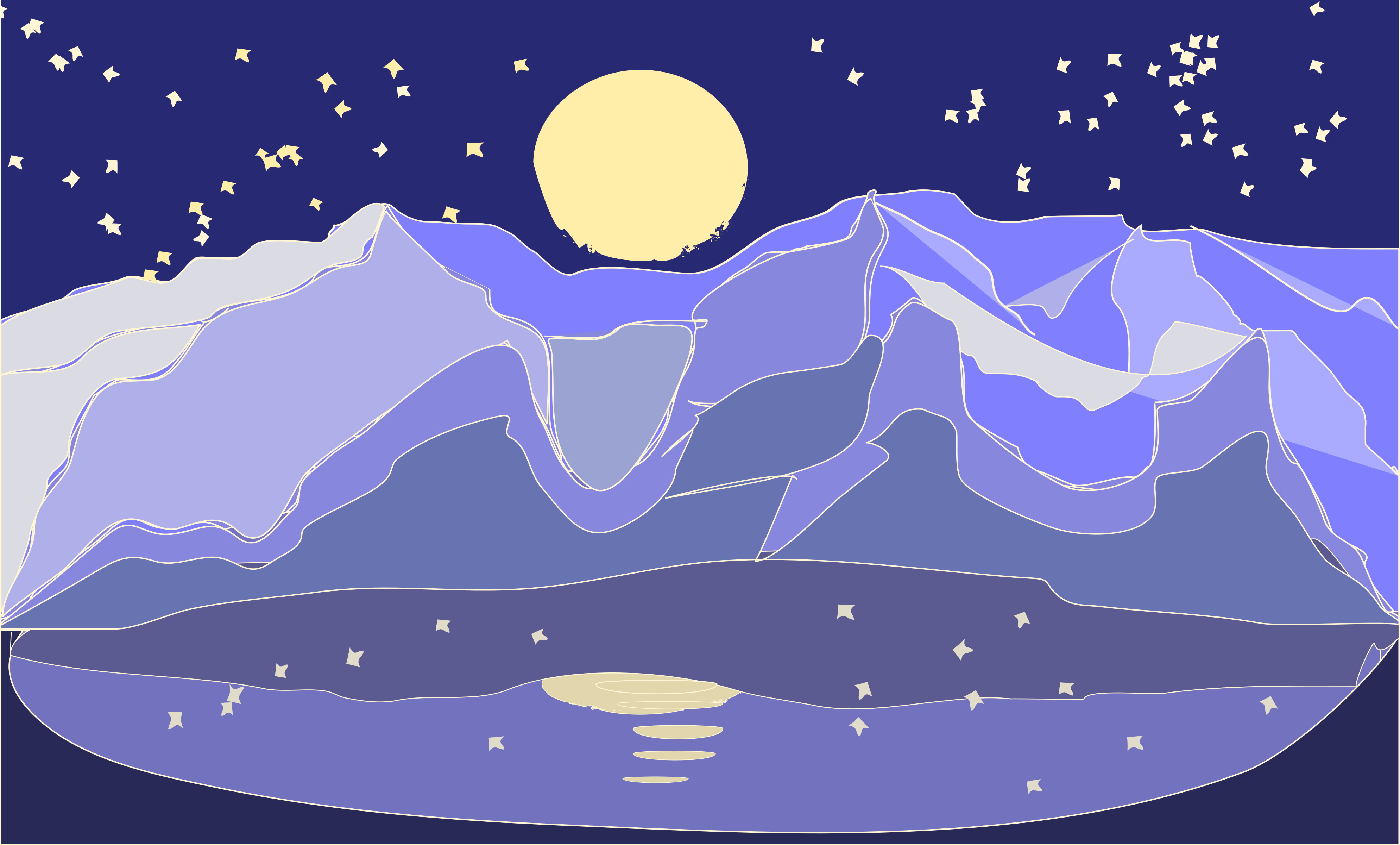Long dark January nights are ideal for stargazing. If you can brave the winter cold (and occasional snow) you will be rewarded with truly spectacular views!
As always with starwatching, make sure to choose the open dark location, away from trees, houses and light sources. The interesting things to look out for on the night sky are: constellations, planets, Moon, meteor showers and the International Space Station. And alien flying saucers of course! But that goes without saying.
The Moon
This January we will see not one, but two Full Moons, on Jan 2 and Jan 31. Both will be Supermoons, therefore will appear to be bigger and brighter that the average full moon. People traditionally give names to full moons of every month of the year. The January full moon is called “The Wolf Moon” (guess why!). The second January full moon does not have a proper name as it is a Blue Moon, a rare “extra” full moon . If you plan to visit the US, Russia or Asia on Jan 31, make sure to watch the Total Lunar Eclipse. The Moon will look red, not blue!
Meteor Showers
Quadrantid Meteor Shower is the annual January event. It might be not as famous as Perseids or Orionids, but it definitely stands out. Why? We all know that meteor showers are named after constellations. And that showers are caused by comets. Let me ask you, have you ever heard of “Quadrant” constellation? Probably not. Astronomers added “Quadrans Muralis” to the classic constellations somewhere in 18th century. Later, in 1922, the International Astronomical Union decided to get rid of Quadrans Muralis. Now it is the part of the Bootes constellation. Nevertheless, the shower still bears the name of the no-longer-existent star pattern. Also, the parental body of the Quadrantid meteor shower is the object called (196256)2003 EH1 which is a near-Earth asteroid and, very likely, an extinct comet.
The shower is active at the end of Dec – beginning of Jan, with the peak on Jan 3. The peak only lasts a few hours, whereas with most other showers the peak lasts for days! This year the shower peaks a few days after the full Moon, and most of the meteors might be lost in the bright moonlight. If, despite all the odds, you are determined to see the shooting stars, remember to keep an eye on the Bootes constellation, the shower’s radiant, but scan the surrounding area for the meteors with long trails!
International Space Station
We will see the International Space Station on the early morning sky this January. To find out when the Station will be passing over your house, check this spot the station tool. Once you know when and where to look, the Station is easy to find with the naked eye. It will look like a bright star moving across the sky. But be quick as it is only visible for 1-4 minutes!
Planets
Venus, every skywatcher’s favourite planet, will be hiding in the Sun’s glare this January. But you can spot all the other “naked eye planets”! Jupiter and Mars will be rising early in the morning, just a few hours before dawn, followed by Mercury and Saturn. Do not miss Jupiter and Mars conjunction, an event when the two planets will appear close together on the sky, on Jan 7!
Many observatories host educational events and stargazing evenings at this time of the year. Make sure to book a place early! Or visit our mobile planetarium for a unique star show inside our portable dome!


